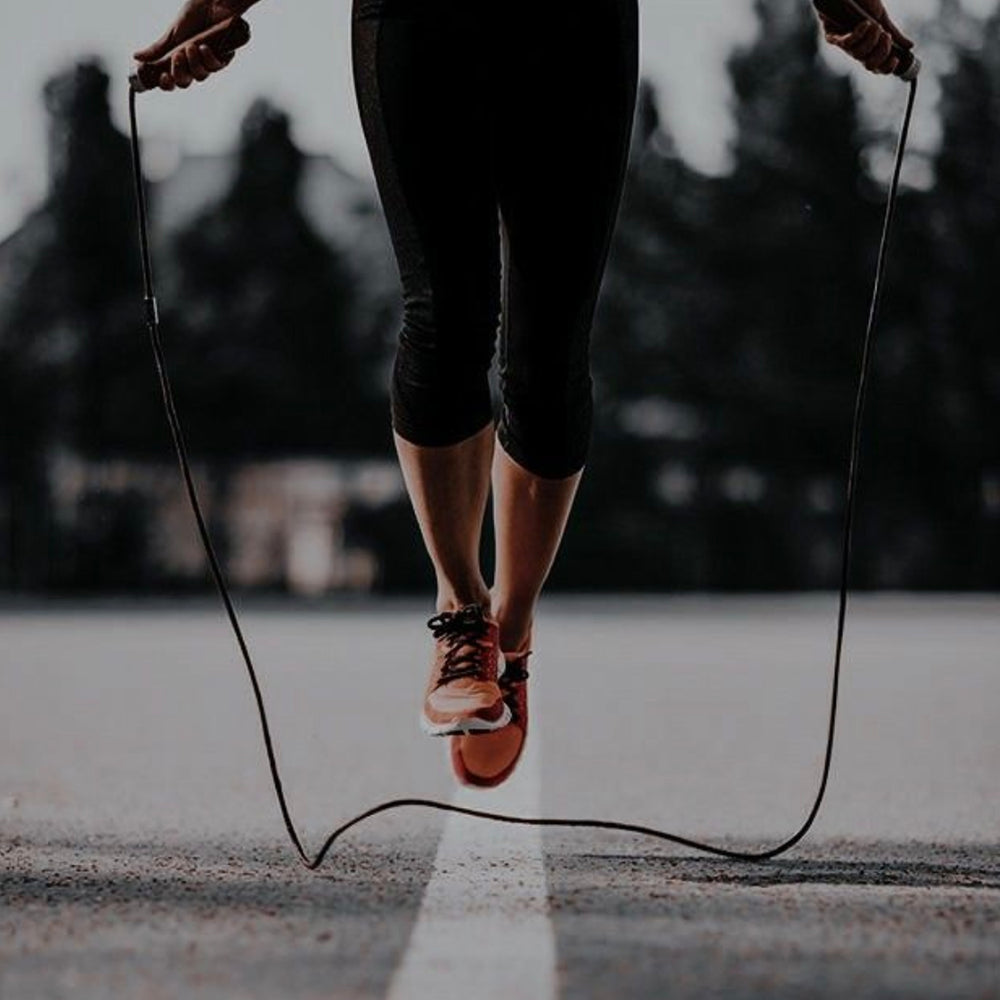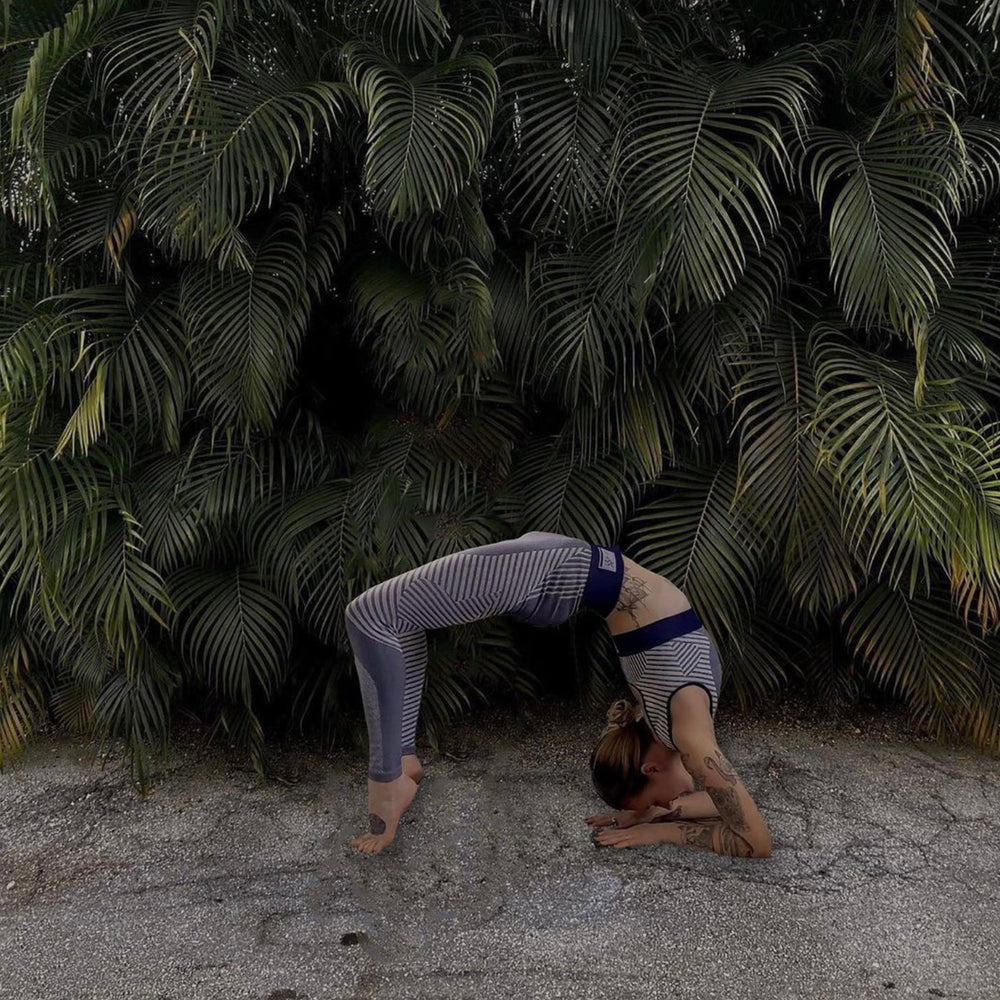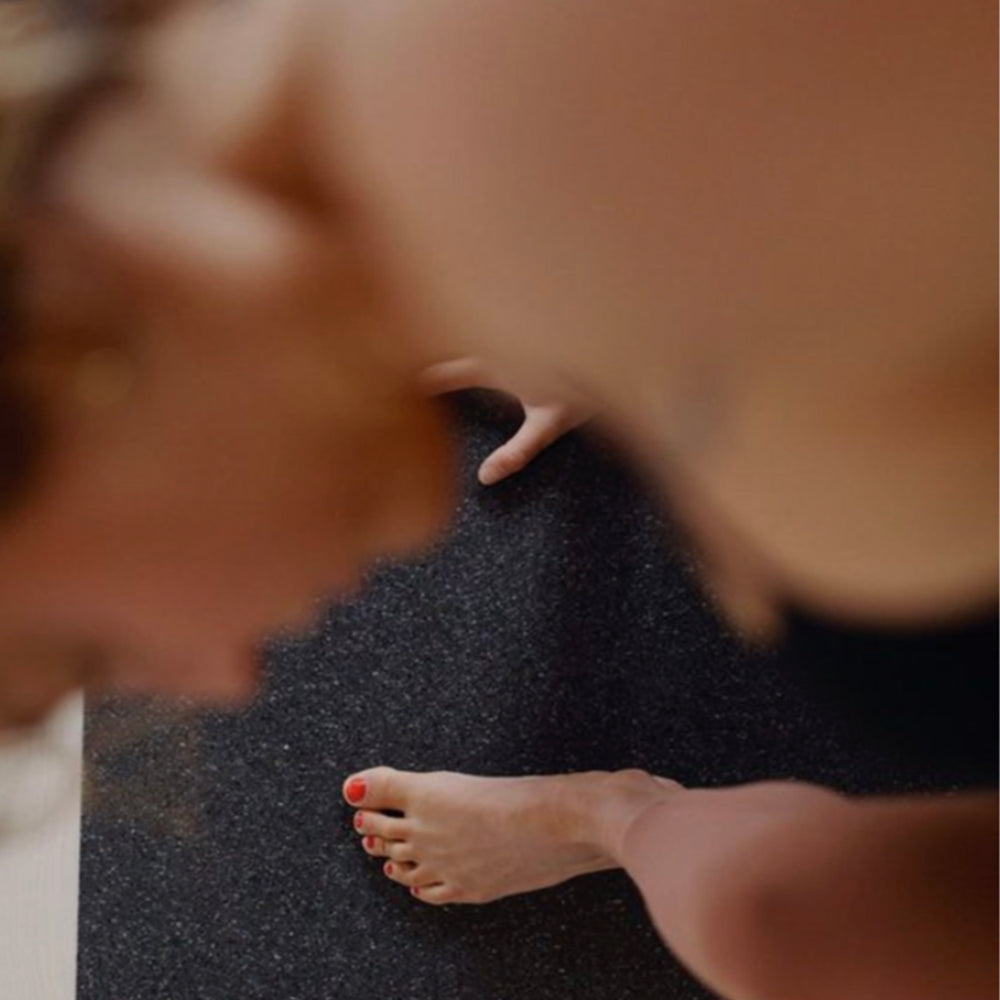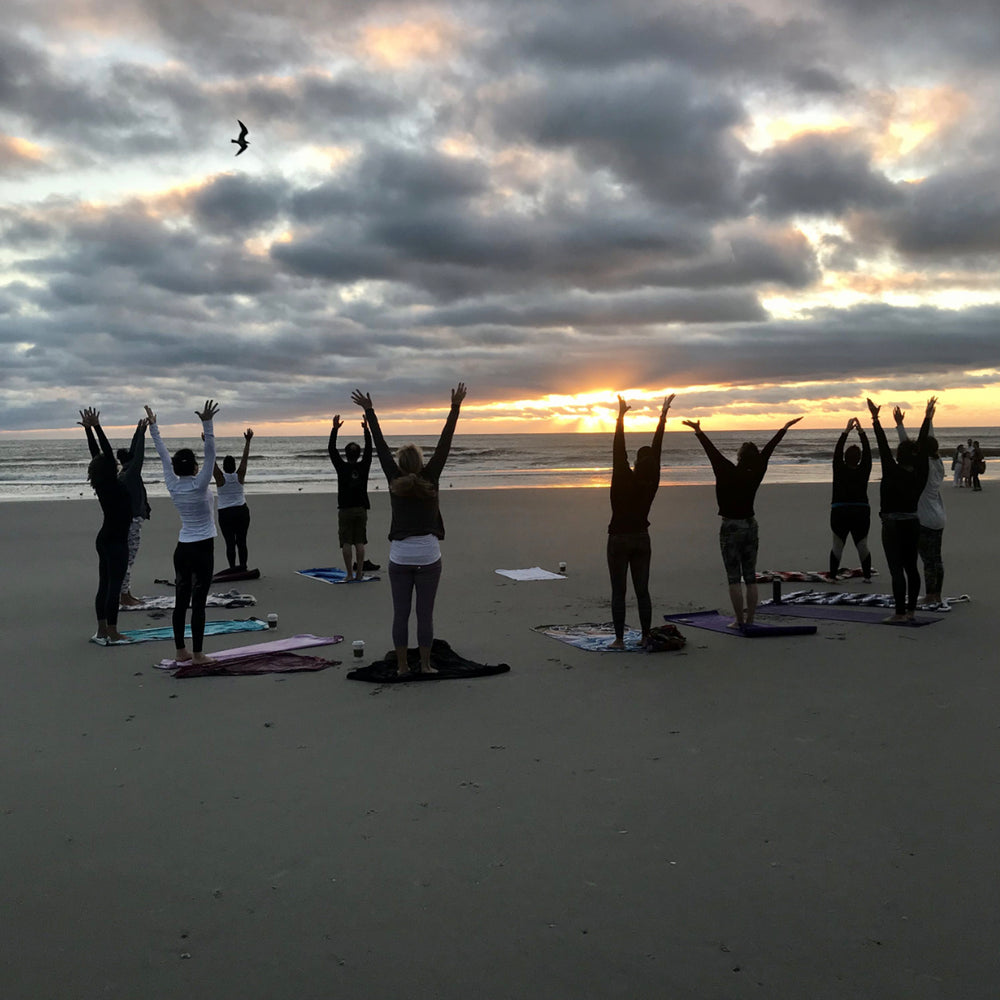 
Warrior II, or Virabhadrasana II, is a foundational yoga pose that embodies strength, grace, and focused determination. This asana is not only a physical posture but also a powerful symbol of the warrior spirit within us. In this comprehensive guide, we will explore the benefits of Warrior II and provide a step-by-step tutorial on how to master this iconic yoga pose.
Understanding the Essence of Warrior II
Warrior II is named after the fierce warrior Virabhadra, who, according to Hindu mythology, was created by Lord Shiva. The pose represents the warrior's readiness, courage, and unwavering commitment to face life's challenges with grace and strength. Practicing Warrior II can instill these qualities in you, both physically and mentally.
Benefits of Warrior II Pose
1. Strengthens the Legs: Warrior II is excellent for building strength in the legs, including the quadriceps and hamstrings.
2. Enhances Balance: It improves balance and stability, requiring you to ground firmly through your feet.
3. Increases Hip Flexibility: The pose opens up the hips, making it valuable for those with tight hips.
4. Tones the Core: Engaging the core muscles in Warrior II helps develop abdominal strength.
5. Improves Concentration: The pose demands focus and concentration, aiding in mental clarity.
6. Promotes Confidence: Practicing Warrior II can boost self-confidence and self-assuredness.
How to Do Warrior II Pose: Step-by-Step Tutorial
Follow these step-by-step instructions to perform Warrior II with precision and mindfulness:
1. Start in Mountain Pose (Tadasana)
Begin by standing at the top of your mat with your feet together. Keep your spine straight and your arms relaxed at your sides. Take a moment to ground yourself and connect with your breath.
2. Step Your Feet Apart
On an exhale, step your right foot back about 3-4 feet, creating a wide stance. Your feet should be parallel to each other, with your toes pointing forward. Align your heels, so they are roughly in line with each other.
3. Turn Your Hips
Rotate your right foot 90 degrees, so it's pointing to the right side of your mat. Your left foot should remain pointing forward.
4. Align Your Body
Square your hips to the front of the mat. Imagine your pelvis is a headlight, and you want both "headlights" pointing forward.
5. Extend Your Arms
As you inhale, raise your arms to shoulder height, reaching them out to the sides, parallel to the ground. Your palms should be facing down, and your arms should be in one straight line.
6. Bend Your Left Knee
On an exhale, bend your left knee directly over your left ankle. Ensure your knee is aligned with your ankle and doesn't go beyond your toes. Aim to form a 90-degree angle with your left leg.
7. Gaze Over Your Left Hand
Turn your head to look over your left hand, keeping your neck in line with your spine. Your gaze should be soft and focused, adding to the sense of determination in the pose.
8. Engage Your Core
Activate your core muscles by drawing your navel toward your spine. This engagement provides stability and strength to the pose.
9. Relax Your Shoulders
Relax your shoulder blades down your back, away from your ears. This action opens up your chest and maintains a sense of ease in the pose.
10. Hold and Breathe
Hold Warrior II for 30 seconds to a minute, or longer if you're comfortable. Focus on your breath, inhaling and exhaling steadily.
11. Release and Repeat
To release the pose, straighten your left leg and bring your arms down to your sides. Turn your feet to face forward, returning to Mountain Pose. Repeat the sequence on the opposite side, stepping your left foot back and bending your right knee.
Tips for a Successful Warrior II Pose
1. Alignment is Key: Pay attention to the alignment of your feet, knees, and hips. Proper alignment ensures safety and maximizes the benefits of the pose.
2. Stay Relaxed: While Warrior II is a strong and dynamic pose, keep your facial muscles relaxed, and breathe steadily.
3. Adjust Your Stance: Feel free to adjust the width of your stance and the angle of your back foot to find a comfortable position.
4. Use Props: If balance is a challenge, use props like yoga blocks under your hands to support your balance and maintain stability.
5. Maintain a Steady Breath: Deep and controlled breathing is essential for maintaining focus and relaxation in Warrior II.
Variations and Modifications
Warrior II can be modified to suit different levels of practice:
Beginner's Variation: If you're new to the pose, you can practice with a narrower stance to make it more accessible.
Extended Side Angle Pose: For a deeper stretch, extend your left arm forward and place your left hand on the floor or a block on the inside of your left foot. Reach your right arm overhead.
Integrating Warrior II into Your Yoga Practice
Warrior II can be seamlessly integrated into various yoga sequences and styles, including Vinyasa, Hatha, and Power Yoga. It is often used in sequences focusing on strength, balance, and standing poses. Incorporating Warrior II into your practice can add depth and challenge to your routine.
Warrior II Pose, or Virabhadrasana II, is more than just a physical yoga pose; it's a symbol of inner strength, determination, and courage. By practicing this pose regularly, you can build physical strength, enhance balance, and cultivate mental focus. The journey of mastering Warrior II reflects the journey of life itself—a balance between strength and grace, stability and fluidity. As you step onto your mat and into this iconic yoga pose, remember that you are embodying the spirit of a warrior, ready to face life's challenges with unwavering resolve and a heart full of determination.
|




















